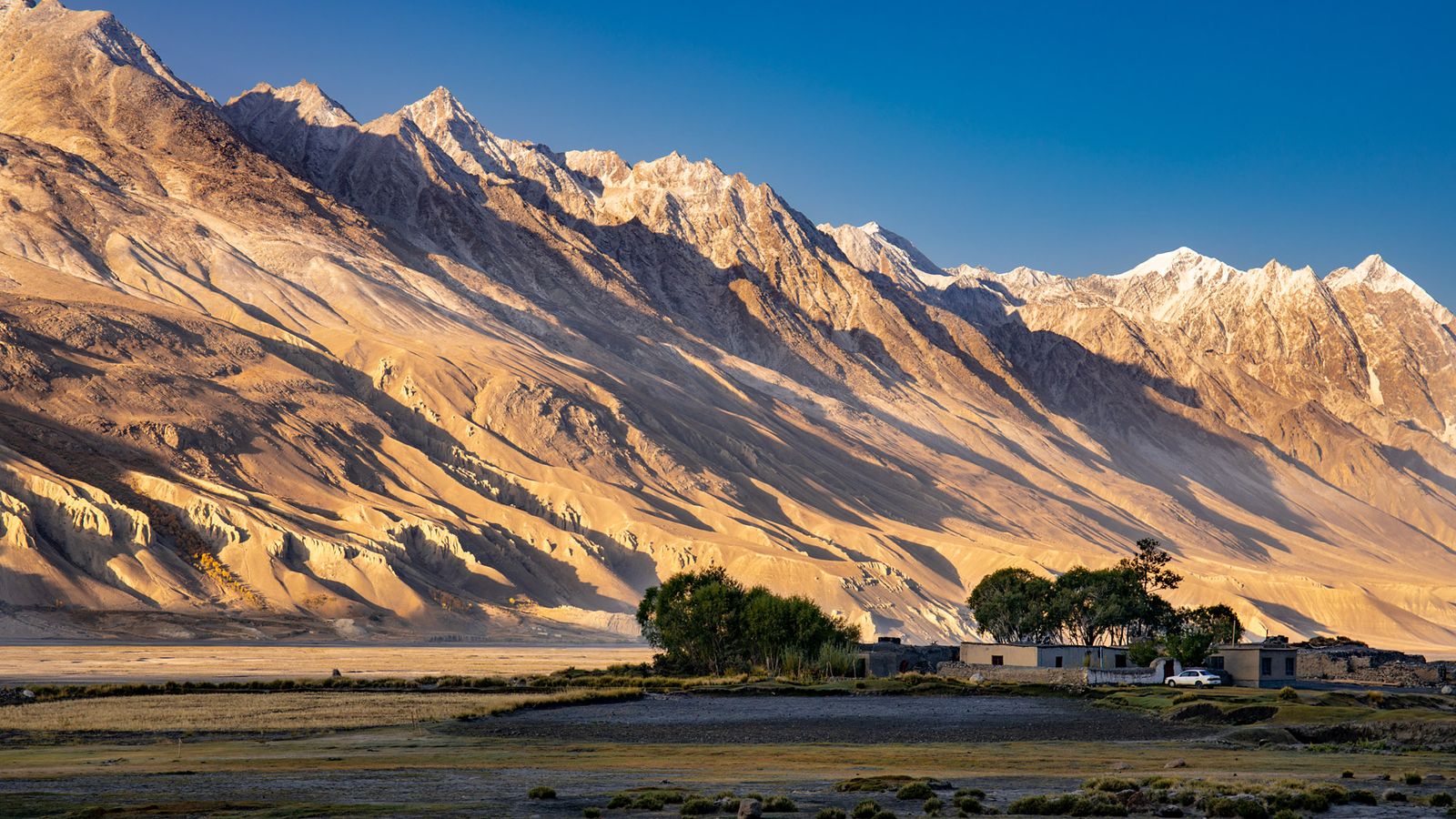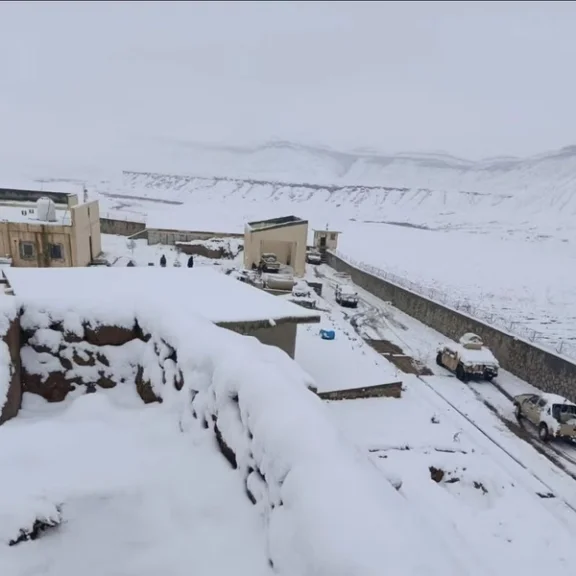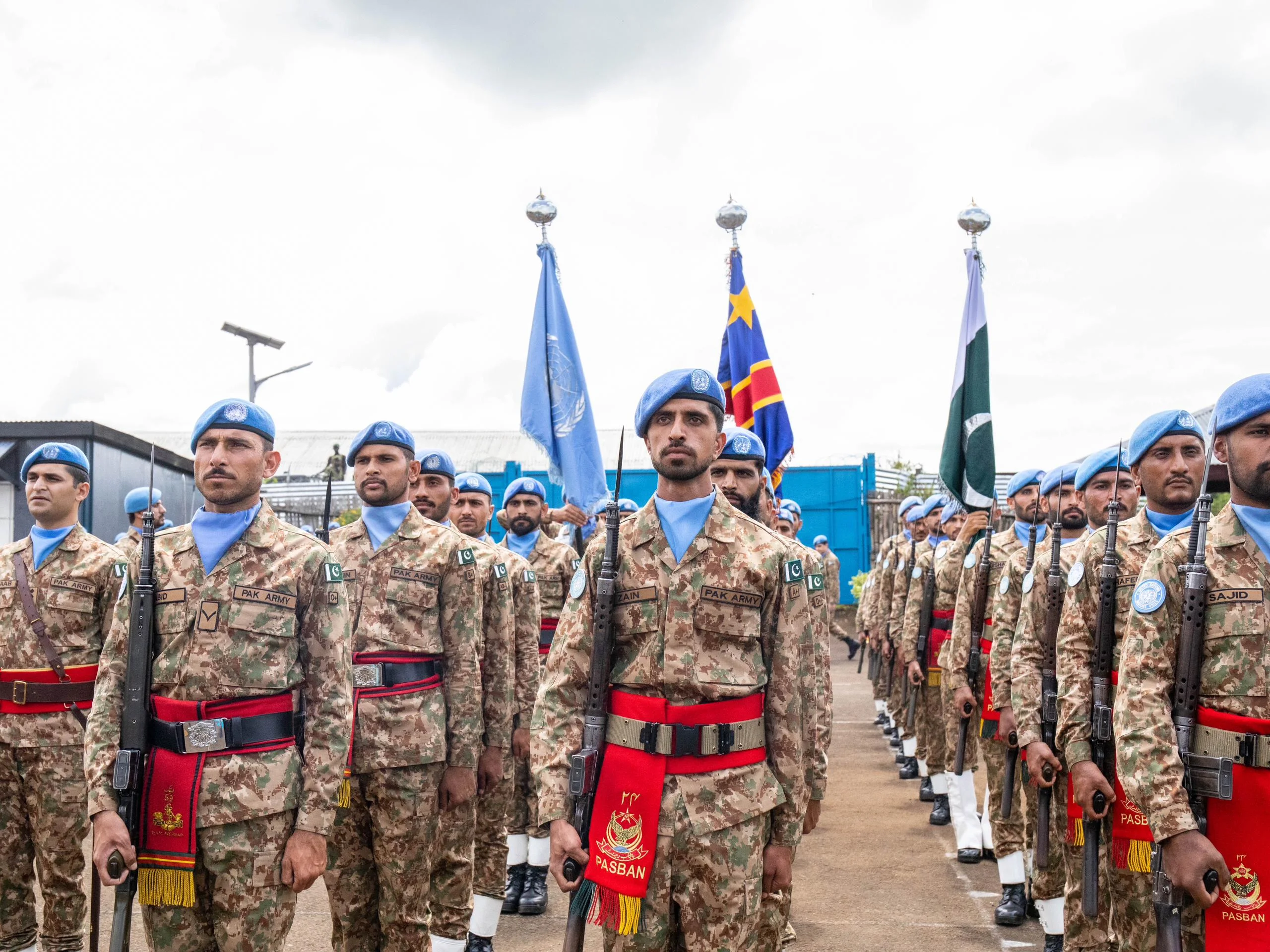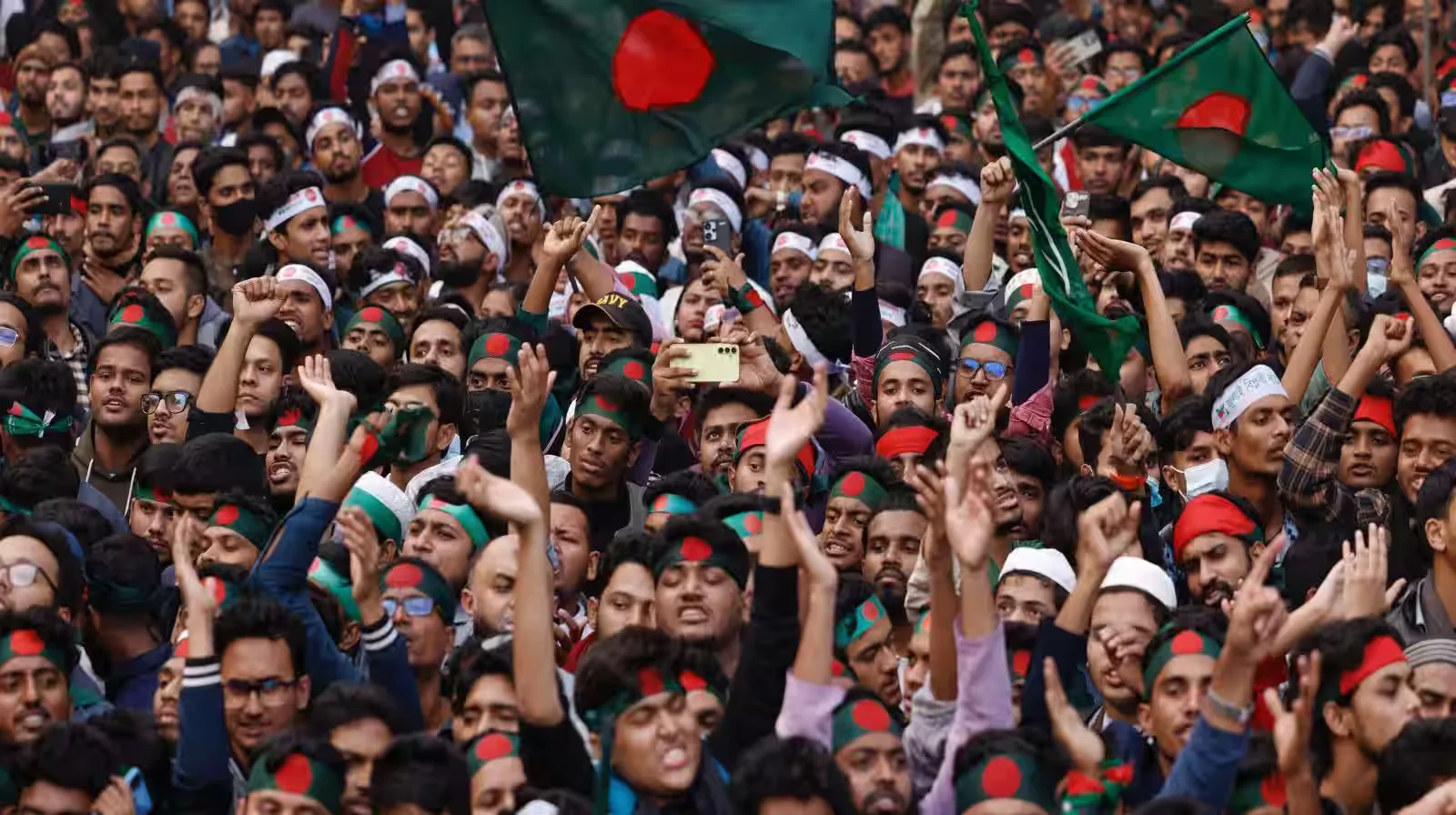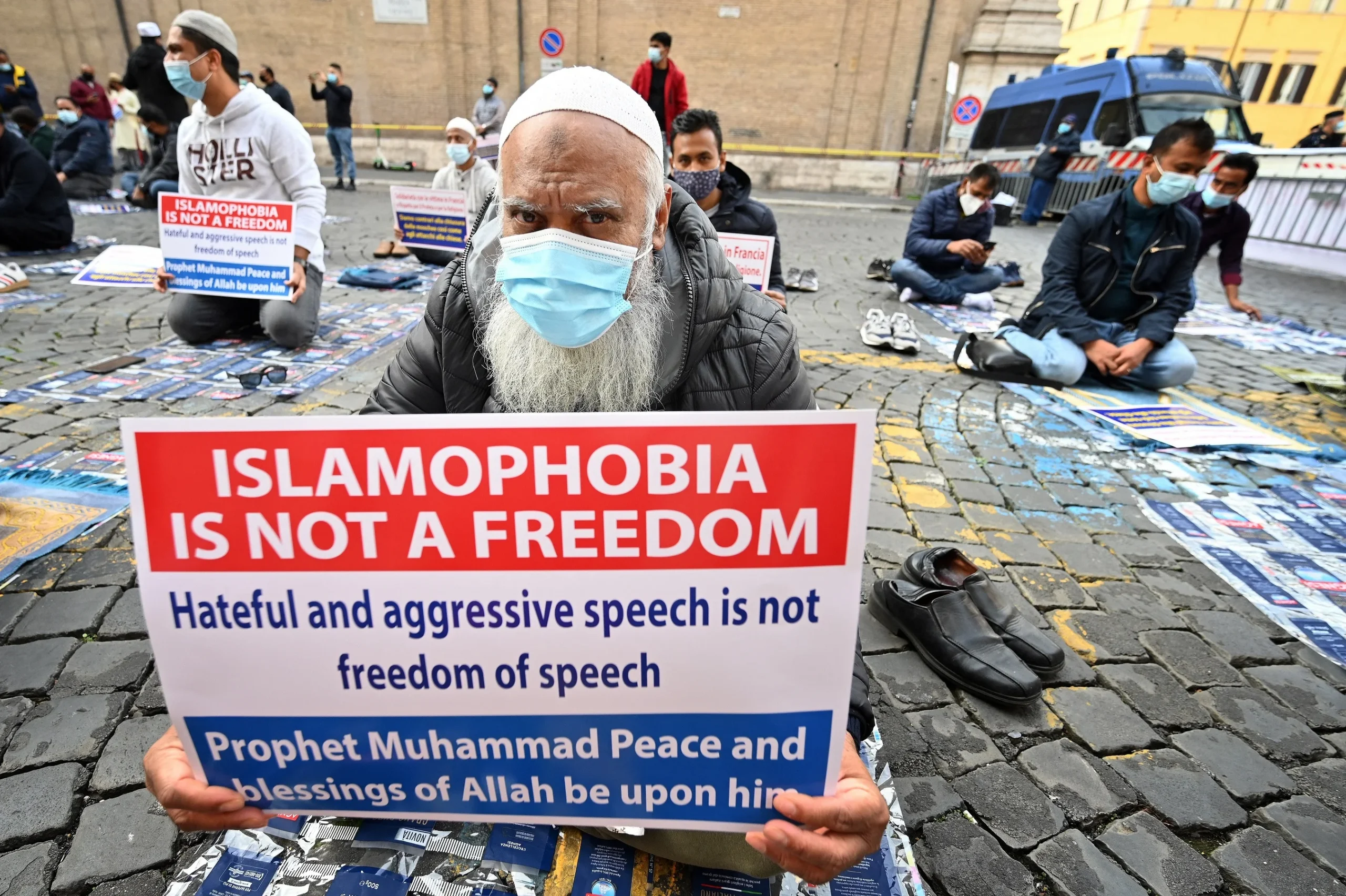Since the return of the Taliban in 2021, Afghanistan has undergone a profound transformation, marked by a return to isolation and a deepening humanitarian crisis. This shift has not only reshaped the nation’s political identity but has also had a devastating impact on the daily lives of its people. Decades of conflict and instability had already left the country vulnerable, but the abrupt halt of international support and the imposition of new social policies have created a complex and interconnected web of new problems.
Security Landscape
While the end of the long-standing conflict has brought a measure of stability in some regions, the security landscape remains fragile. The primary security challenge to the de facto government comes from the Islamic State-Khorasan Province (ISKP), which has proven its capability to carry out attacks against both the authorities and ethnic and religious minorities. A UN report revealed in 2023 that IS-KP had thousands of fighters in Afghanistan, concentrated mostly in the eastern provinces. Furthermore, ISKP has also expanded its operations beyond Afghanistan’s borders, claiming responsibility for attacks in countries like Iran and Russia, which demonstrates a growing transnational threat.
The security situation has also led to significant tensions with neighboring countries, particularly Pakistan. Pakistan has held the de facto authorities responsible for providing a safe haven for terrorist groups like the Tehreek-i-Taliban Pakistan (TTP), which has intensified its attacks on Pakistani soil since 2021. The border has seen frequent skirmishes, including cross-border shelling and air strikes. This ongoing security instability not only endangers regional peace but also disrupts critical trade routes, further exacerbating the economic hardship for Afghans.
The Humanitarian and Economic Crisis
The economic situation in Afghanistan is perhaps the most immediate concern for its citizens. Following the Taliban takeover, international aid and development funds, which had subsidized a staggering 75% of public spending, were abruptly suspended. This triggered a severe economic contraction, with the country’s GDP estimated to have dropped by more than 25% from 2021 to 2023. While the economy has shown a modest 2.5% growth in 2024, a recent World Bank report states that this recovery is too limited to significantly improve living standards. This has fueled a widespread humanitarian crisis, with approximately 23.7 million people in need of urgent assistance and a vast majority living in poverty. The situation is compounded by a massive funding shortfall, with the 2025 humanitarian response plan receiving just over 12% of the required funding as of mid-year.
The State of Healthcare
Afghanistan’s healthcare system is struggling to cope with the immense needs of the population. Systemic challenges, including a lack of funding, a shortage of qualified professionals, and crumbling infrastructure, have left millions without access to basic medical care. The situation is particularly dire for women, who face significant barriers to accessing health services due to mobility restrictions and a shortage of female healthcare workers. As a result, the country continues to have one of the highest maternal mortality rates globally, with 638 deaths per 100,000 live births. The weakened system is also ill-equipped to handle the prevalence of communicable diseases, with 58,426 cases of acute watery diarrhea and 67,586 suspected measles cases reported in the first half of 2025.
The Education System
Perhaps no sector has seen a more dramatic reversal of progress than education. While significant gains were made in the decades leading up to 2021, these have been almost entirely undone. The de facto authorities have banned girls from attending secondary school and women from universities, effectively denying an entire generation of females their right to learn. This has had a profound impact on the country’s already low literacy rates, which were a key area of improvement before the ban. According to UNESCO, nearly 2.2 million girls are now barred from school beyond the primary level. While some community-based and underground schools have emerged, they can only reach a small fraction of the affected population and cannot provide a pathway to higher education or professional careers.
Human Rights and the Status of Women
The human rights situation has deteriorated drastically, with an institutionalized system of discrimination that the UN has described as gender apartheid. The authorities have issued dozens of edicts and laws that systematically strip women and girls of their fundamental rights. These policies include mandates for women to cover their faces in public, prohibitions against traveling without a male chaperone, and a ban on women working in most sectors. This has led to women making up only 24% of the labor force. Beyond women, other vulnerable populations have also faced persecution, including ethnic and religious minorities like the Shia Hazara community, journalists, and former government officials, who are at risk of arbitrary detention and extrajudicial killings, according to a Human Rights Watch report.
The Refugee and Displacement Crisis
Adding to the internal challenges is the massive refugee and displacement crisis. Afghanistan has long had one of the world’s largest displaced populations, but the situation has been exacerbated by recent events. In 2024, hundreds of thousands of Afghan refugees and undocumented migrants were forcibly repatriated from neighboring countries, particularly Pakistan and Iran due to security concerns by the host countries. The sudden influx of over 2.3 million returnees in the first half of 2025 has placed an unbearable strain on an already collapsed social and economic infrastructure. Furthermore, internal displacement, caused by both conflict and recurring natural disasters like floods and earthquakes, leaves millions more without stable shelter or access to essential services.
Conclusion
The social situation in Afghanistan is a deeply complex and interconnected crisis. The collapse of the economy, the dismantling of social services, and the severe curtailment of human rights have created a humanitarian emergency on an unprecedented scale. Without a functional, inclusive government and with the ongoing reduction of international aid, the Afghan people are facing a future of profound uncertainty. The international community must remain engaged, not just in providing life-saving humanitarian assistance, but also in advocating for the fundamental rights and freedoms that are essential for the long-term stability and well-being of the Afghan population.

